Succulents have exploded in popularity in recent years — and it’s easy to see why. Their striking shapes, vibrant colors, and low-maintenance nature make them perfect for both seasoned plant lovers and first-time plant parents. But while succulents are often labeled as “easy-care” plants, they do have specific needs that are essential for keeping them thriving indoors.
If you’ve struggled with limp, discolored, or dying succulents before, don’t worry. This guide will walk you through everything you need to know about how to care for succulent plants indoors effectively, ensuring lush, healthy greenery all year round.
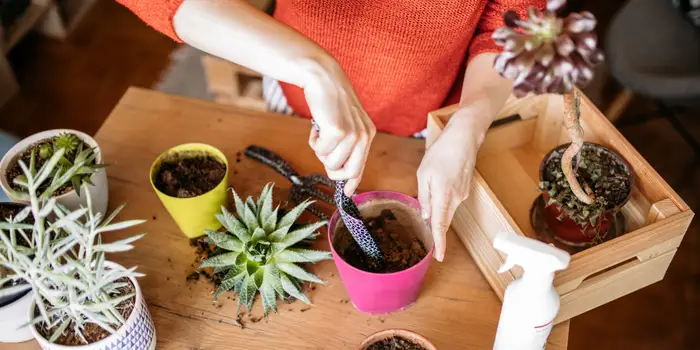
Why Choose Indoor Succulents?
Before diving into care tips, let’s look at why succulents are such popular indoor plants:
- Low Maintenance: They require infrequent watering and minimal attention.
- Aesthetic Appeal: Succulents come in various shapes, colors, and textures, from soft pastels to deep purples and spiky greens.
- Compact Size: Ideal for small apartments, desks, and shelves.
- Air Purifying: Some succulents help improve indoor air quality by removing toxins.
- Stress Relievers: Caring for plants has been shown to reduce stress and enhance mood.
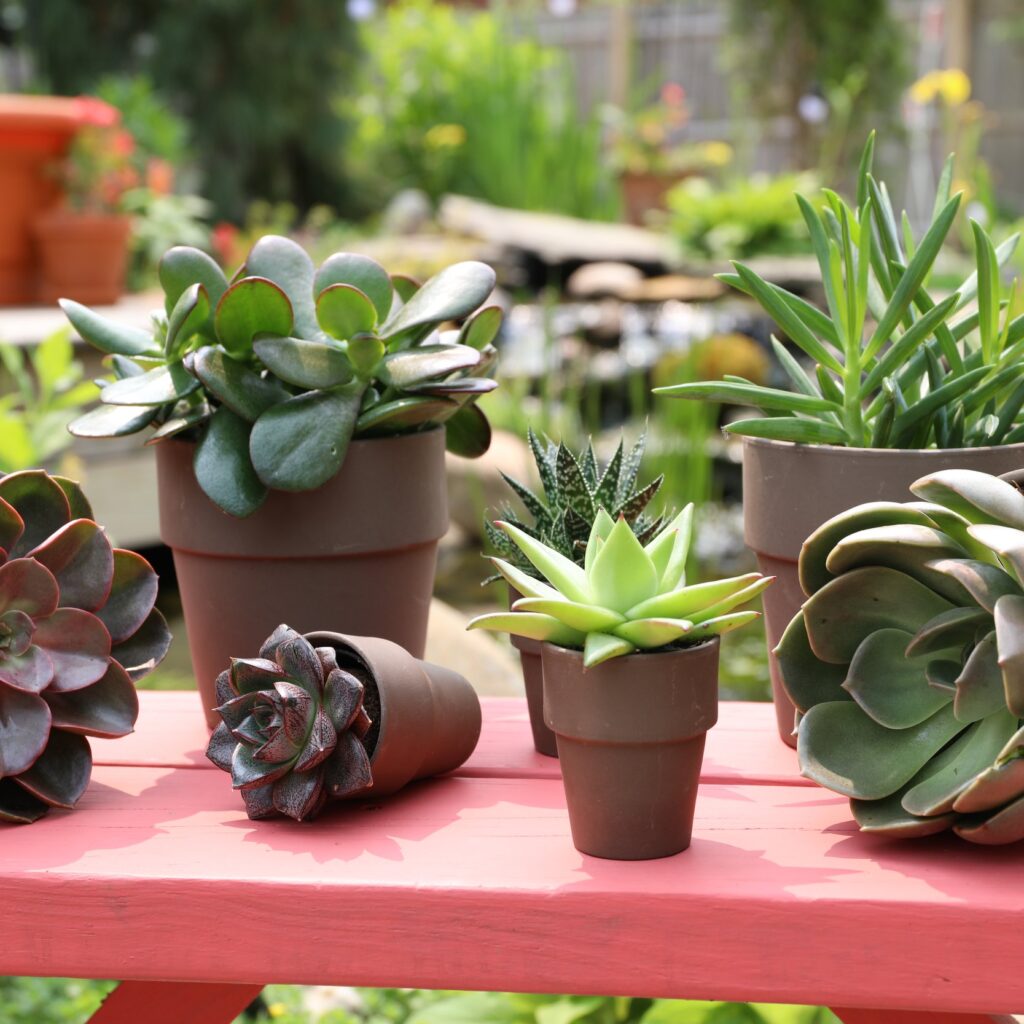
Choosing the Right Indoor Succulents
Not all succulents adapt well to indoor environments. Some sun-loving varieties prefer the outdoors. Here are a few of the best indoor-friendly succulents:
- Aloe Vera
- Echeveria
- Haworthia
- Jade Plant (Crassula ovata)
- Burro’s Tail (Sedum morganianum)
- Zebra Plant (Haworthiopsis attenuata)
- Panda Plant (Kalanchoe tomentosa)
Choose varieties known for their tolerance of lower light conditions and indoor humidity levels.
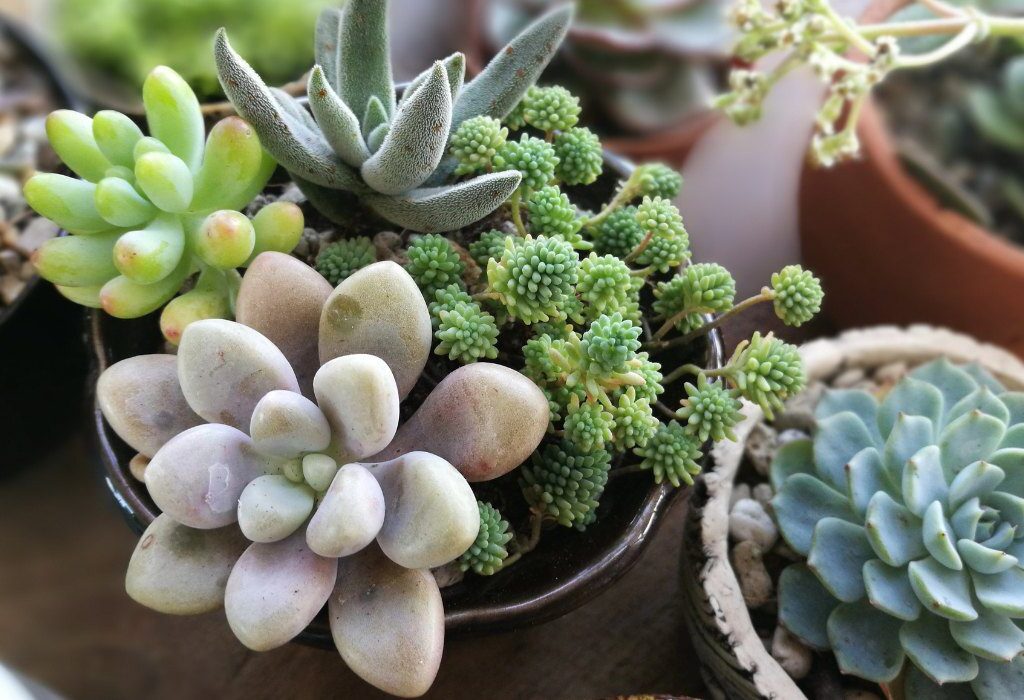
Light Requirements for Indoor Succulents
Light is the most crucial factor in succulent health. While they’re known as sun worshipers, indoor lighting can pose a challenge.
Ideal light conditions:
- Place succulents near a south-facing window for 6-8 hours of bright, indirect sunlight daily.
- East or west-facing windows also work well.
- Avoid placing succulents in dark corners or north-facing windows without supplemental light.
Signs your succulent needs more light:
- Stretched, elongated growth (etiolation)
- Pale or faded color
- Leaning toward light sources
Supplement with grow lights during winter or in rooms with limited natural light. LED grow lights are energy-efficient and effective for succulents.
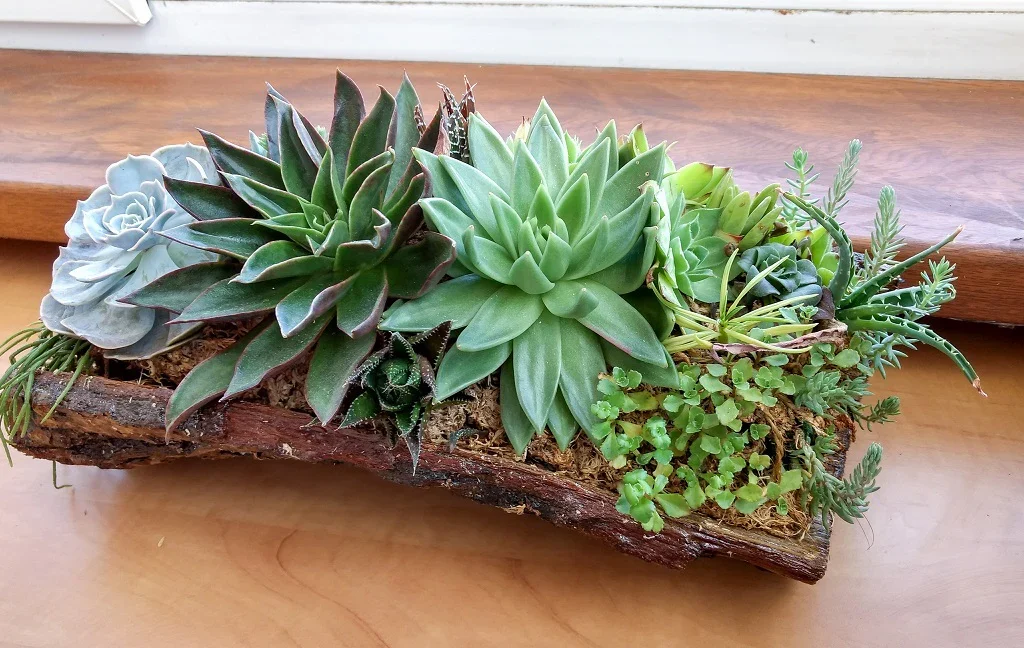
The Right Soil Mix for Succulents
Regular potting soil holds too much moisture for succulents, which can lead to root rot.
Best soil characteristics:
- Fast-draining
- Gritty and aerated
- Low in organic material
Recommended mix:
- 2 parts cactus/succulent potting mix
- 1 part perlite or coarse sand
- Optional: Add pumice or small gravel for extra drainage
Never let succulents sit in soggy soil — it’s their number one killer.
How to Water Indoor Succulents Properly
Watering is where most succulent owners go wrong. These desert-adapted plants prefer drought to excess moisture.
Watering guidelines:
- Water only when the soil is completely dry. Use your finger or a moisture meter to check.
- During active growth (spring and summer), water about every 2-3 weeks.
- In dormancy (fall and winter), reduce to once a month or less.
- Water deeply until it drains from the bottom, then discard any excess from the saucer.
Avoid misting succulents. Unlike tropical houseplants, succulents don’t absorb moisture through their leaves, and excess humidity can promote mold and rot.
Choosing the Right Pots for Succulents
The container you choose can make or break your succulent’s health.
Ideal succulent pots:
- Have drainage holes at the bottom
- Are made from breathable materials like terracotta or unglazed ceramic
- Sized slightly larger than the plant’s root ball
Avoid: Closed-bottom pots, decorative containers without drainage, and overly large planters that retain too much moisture.
Temperature and Humidity Needs
Succulents prefer warm, dry environments, making them well-suited for most homes.
Optimal conditions:
- Daytime: 65°F–80°F (18°C–27°C)
- Nighttime: Not below 50°F (10°C)
- Humidity: Below 50%
If you live in a humid area, increase air circulation with a fan or dehumidifier. Avoid placing succulents in overly damp bathrooms or kitchens.
Fertilizing Indoor Succulents
Though not heavy feeders, succulents do benefit from occasional nutrients.
Fertilizer tips:
- Use a diluted balanced liquid fertilizer (10-10-10) or one designed for cacti and succulents.
- Feed once a month during spring and summer.
- Avoid fertilizing in fall and winter when growth slows.
Pro tip: Over-fertilizing can cause leggy, weak growth. Less is more with succulents.
Pest Control for Indoor Succulents
Though generally hardy, succulents can fall prey to a few common pests.
Watch out for:
- Mealybugs: White, cotton-like clusters
- Spider Mites: Fine webs and tiny moving dots
- Fungus Gnats: Small flying insects near soil
Natural control methods:
- Wipe leaves with a cotton swab dipped in rubbing alcohol to remove mealybugs.
- Rinse plants with water to dislodge mites.
- Allow soil to dry out completely to control fungus gnats.
Regularly inspecting your plants keeps infestations from spreading.
Propagating Succulents Indoors
One of the best things about succulents is how easily they propagate, letting you expand your collection for free.
Common propagation methods:
- Leaf Cuttings: Gently twist off a healthy leaf, let it callous for a day, then place on dry soil. New roots and pups form in a few weeks.
- Stem Cuttings: Cut a healthy stem, let it dry for a day or two, then plant in well-draining soil.
- Offsets (Pups): Gently remove small offshoots from the base of the mother plant and repot.
Tip: Avoid watering propagated leaves or cuttings until roots have formed.
Common Succulent Care Mistakes to Avoid
Even the hardiest plants can struggle if basic care rules are ignored. Watch out for these common pitfalls:
- Overwatering: The leading cause of succulent death.
- Poor Lighting: Leads to leggy, stretched-out plants.
- Using Regular Potting Soil: Retains too much moisture.
- No Drainage: Waterlogged roots spell disaster.
- Excessive Humidity: Encourages rot and fungus.
Learning your plant’s signals and adjusting care accordingly will ensure long-term success.
Final Thoughts
Succulents are more than trendy home decor — they’re resilient, beautiful plants that add personality and life to any space. While their care needs are relatively simple, a little attention to their light, water, and soil preferences will go a long way in keeping them happy and healthy indoors.
Remember:
- Prioritize bright light.
- Let soil dry out between waterings.
- Use well-draining pots and soil.
- Watch for pests and signs of stress.
With these tips, your succulents will not only survive — they’ll thrive. Whether you’re curating a windowsill oasis or a lush shelf garden, taking the time to understand and care for your indoor succulents will reward you with lasting greenery and a sense of botanical pride.

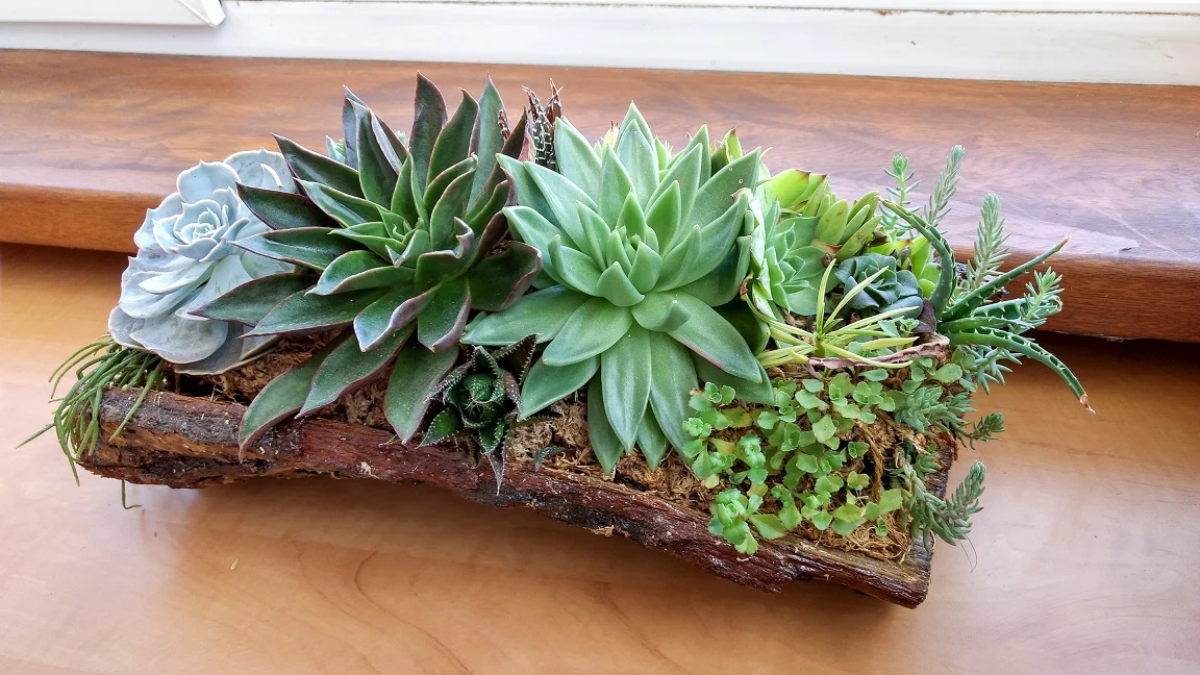

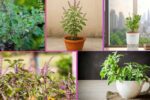


Leave A Comment